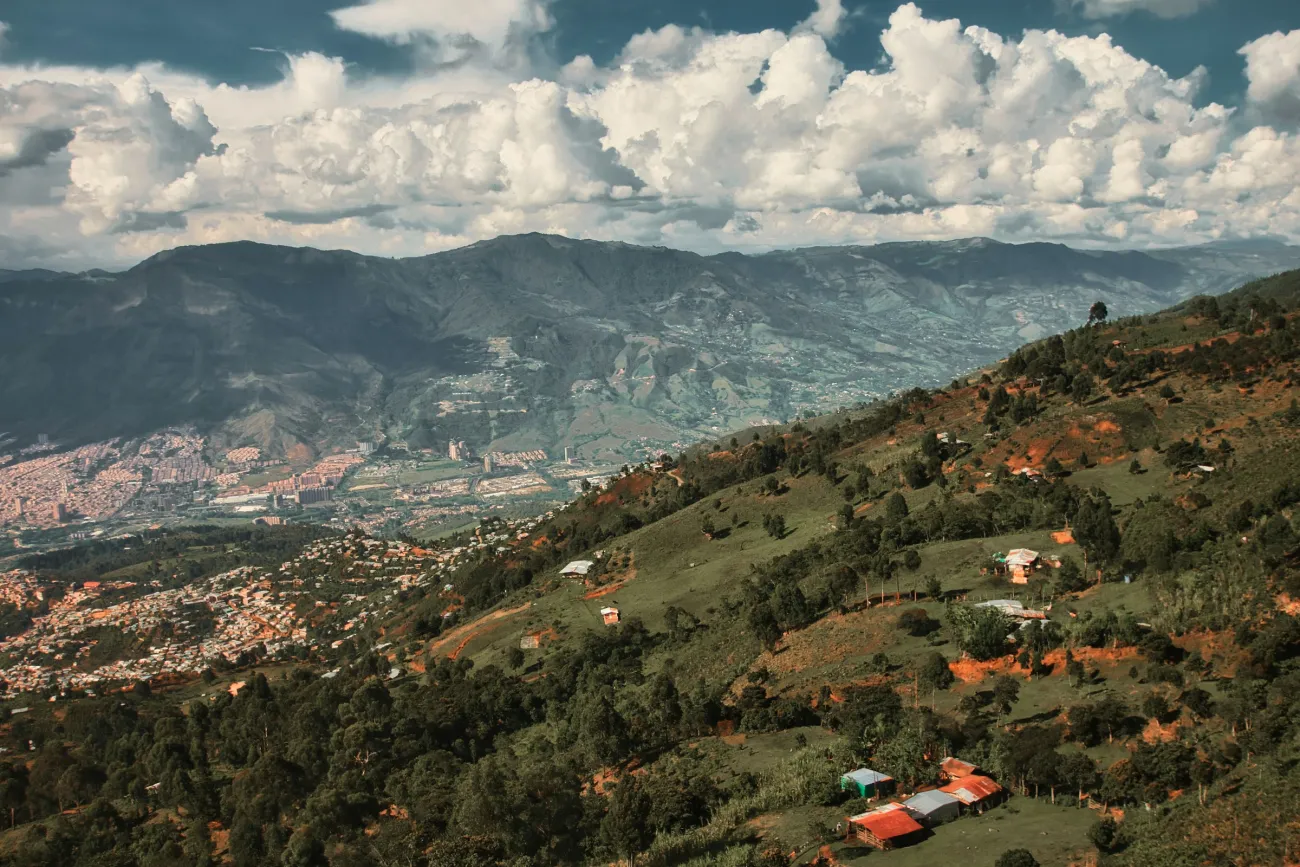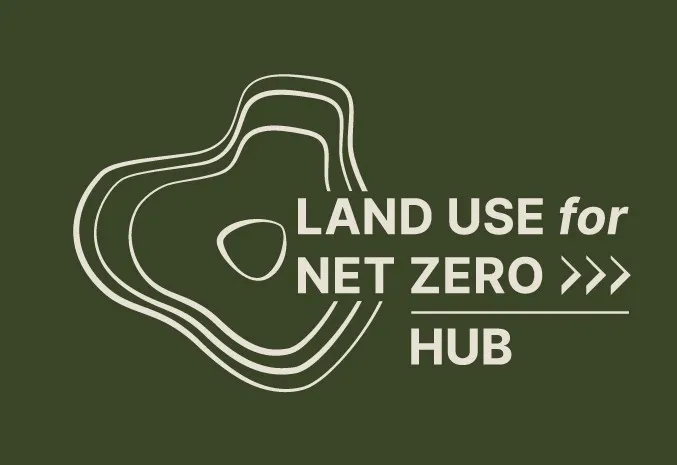This paper looks at the GHG, energy and biodiversity implications of different types of farming systems, taking into account alternative possible uses, and environmental implications of those uses, for any land freed by more intensive production practices (the opportunity cost).
Obviously the findings need to be placed in the context of economic drivers influencing decisions about land use, on the one hand; and any regulations limiting changes in land use on the other.
The different farm types are characterised as follows:
- Organic farm without biogas production (O). The grass clover (GC), cover crop (CC) and crop residues (CR) were incorporated into the soil. Ploughing was used.
- Organic farm with biogas production (OB). Otherwise similar than O, but the GC, CC and CR (straw of wheat and bean crops) were harvested for biogas production and the digestate was spread to potatoes, winter wheat and spring barley. Ploughing was used.
- Conventional farm (C). Produced potatoes, winter wheat, spring beans and spring barley using mineral fertilizers and nonorganic pesticides. The crop rotation did not include GC or CC, and biogas was not produced. Ploughing was used. Crop rotation consisted of potatoes, winter wheat, spring beans and spring barley.
- Integrated farm (IF). The crop rotation and biogas production were similar to the OB system, but non-organic pesticides were applied. Ploughing was used.
- Integrated Special (IFS). As IF but instead of GC municipal biowaste was used as a fertilizer. Non-organic pesticides and no tillage were used. Crop rotation consisted of potatoes, winter wheat, spring beans and spring barley.
Conclusions:
“The results clearly illustrate the importance of taking into account the alternative land use options when LCA is used for comparing impacts of different farming systems. Even though the conventional systems had the highest energy inputs and GHG emissions per food product output, the whole farm energy and GHG balances were far more favourable for the conventional systems compared to the organic systems once the availability of extra land was taken into account. The results also suggest that integrated farming systems that use the best practices for producing high yields while using environmentally beneficial farming practices can lead to more favourable whole farm energy and GHG balances and the lowest negative impacts on biodiversity compared to organic and conventional systems. This paper provides an approach that can be further developed for identifying land management systems that optimize food production and environmental impacts. More research is needed for studying the wider environmental impacts of the different farming practices, for developing and testing technologies that improve the sustainability of farming and for determining their comparative financial viability.”
Abstract
Life cycle assessment (LCA) is commonly used for comparing environmental impacts of contrasting farming systems. However, the interpretation of agricultural LCA studies may be flawed when the alternative land use options are not properly taken into account. This study compared energy and greenhouse gas (GHG) balances and biodiversity impacts of different farming systems by using LCA accompanied by an assessment of alternative land uses. Farm area and food product output were set equal across all of the farm models, and any land remaining available after the food crop production requirement had been met was assumed to be used for other purposes. Three different management options for that land area were compared: Miscanthus energy crop production, managed forest and natural forest. The results illustrate the significance of taking into account the alternative land use options and suggest that integrated farming systems have potential to improve the energy and GHG balances and biodiversity compared to both organic and conventional systems. Sensitivity analysis shows that the models are most sensitive for crop and biogas yields and for the nitrous oxide emission factors. This paper provides an approach that can be further developed for identifying land management systems that optimize food production and environmental benefits.
Reference
Tuomisto H L, Hodge I D, Riordan P and Macdonald D W (2012). Comparing energy balances, greenhouse gas balances and biodiversity impacts of contrasting farming systems with alternative land uses, Agricultural Systems 108 (2012) 42–49




Comments (0)